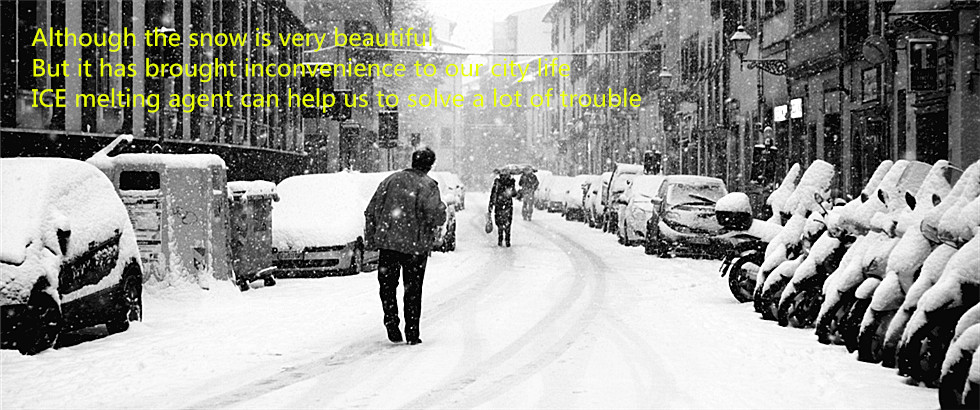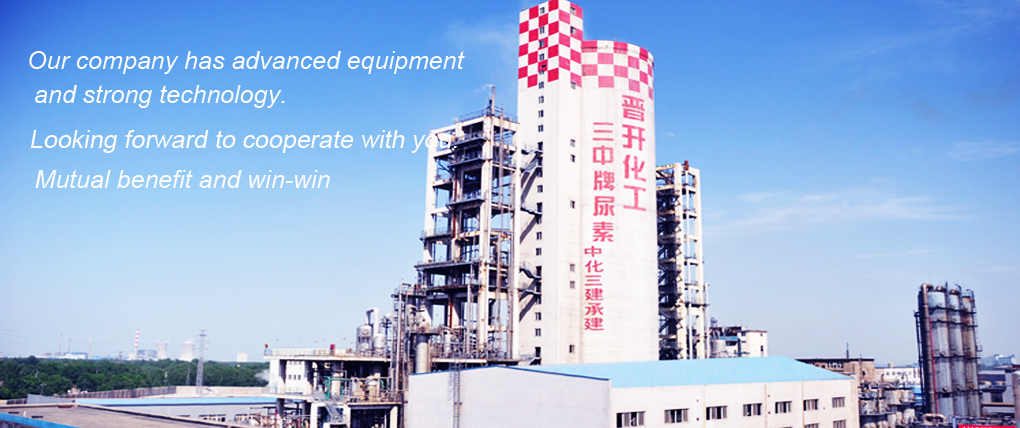
Product Center

Trades news

FAQ

Contact Us
| Tel: | 0086-0536-2110615 |
| Email: | Jack@qdtys.com |
| Adress: | No.5 zhongxue street, Weifang |

Tags

News
Urea is made when carbon dioxide is reacted with anhydrous ammonia. This process happens under intense pressure, at 350 degrees Fahrenheit. Urea is processed to take the form of granules or solid globules known as prills. Dry urea is very soluble and must be kept away from moisture until its use.
However, Many interrelating factors influence the amount of N lost through ammonia volatilization. These factors include urease activity, temperature, soil moisture, application method, soil pH, and soil cation exchange capacity. The greatest losses will most likely occur when urea or urea-containing fertilizer is surface-applied to a soil where high amounts of plant residue are present. Losses will likely be accelerated if the soil is moist at application, followed by five to seven hot and windy dry days. Urease activity is higher on plant surfaces and organic residues than in soils. Urea fertilizer hydrolyzes rapidly when in contact with these residues, and conditions are created around the fertilizer that favor the formation of ammonia. This rapid hydrolysis of urea on the soil surface can cause the loss of ammonia to the atmosphere, especially when rapid soil drying conditions exist. Losses through ammonia volatilization can be essentially eliminated when urea is injected into the soil at application or incorporated into the soil within 48 hours after application either mechanically or by rainfall.

247.jpg)


